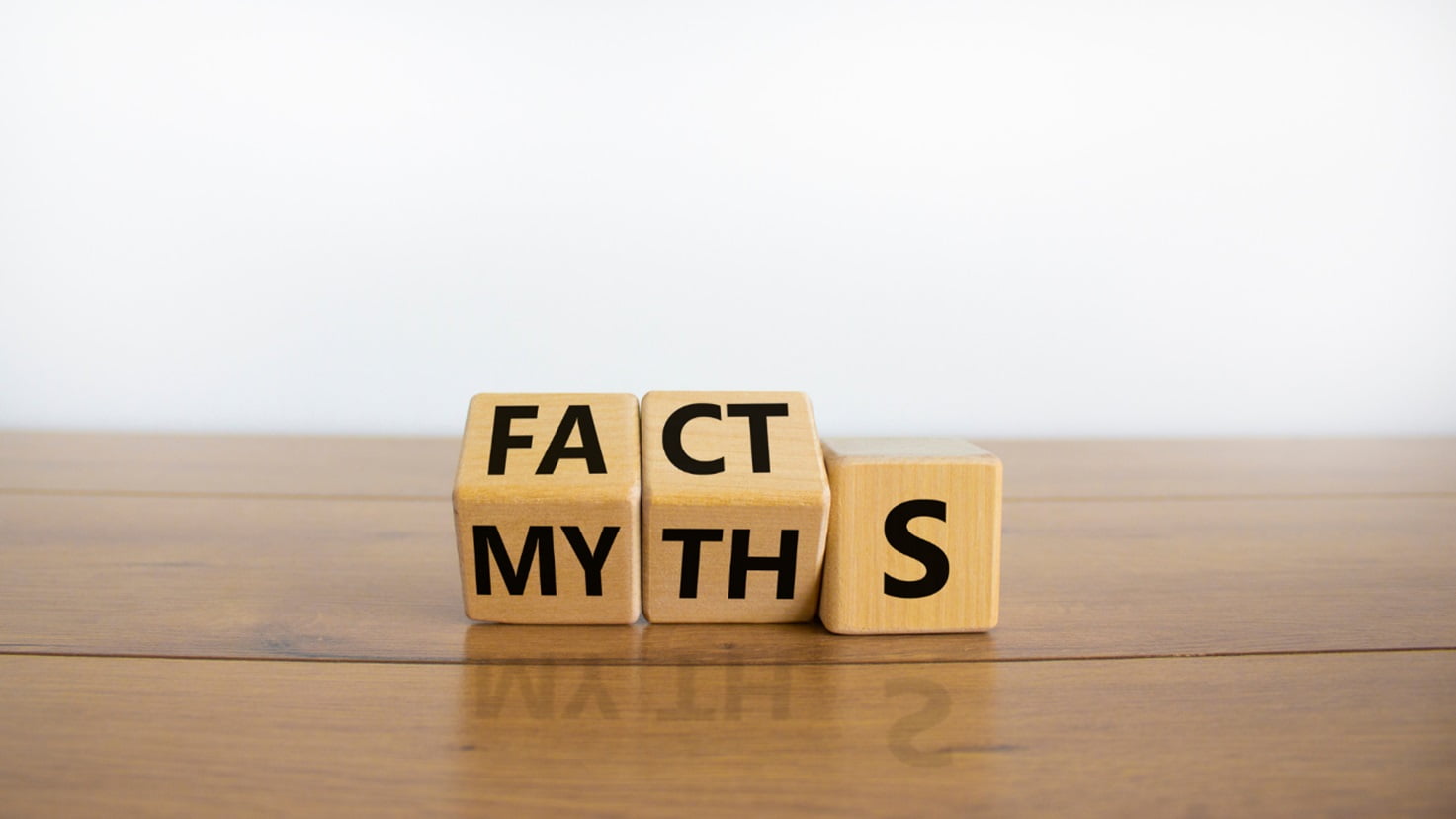Cupping therapy has been used for centuries as a traditional healing method in many cultures. This therapy is where you place cups on your body and create a vacuum seal. This helps to increase blood flow and ease muscle tension. Despite its popularity for healing and wellness, there are still many misconceptions about cupping therapy that needs clarification. Here are some of the most common myths about therapy.
Myth 1: Cupping therapy is painful
Contrary to popular belief, cupping therapy is not supposed to be painful. The sensation can vary from person to person, but most people describe it as a mild pulling or tugging sensation. If you experience pain during the treatment, it’s important to communicate with your therapist so they can adjust the pressure accordingly.
Myth 2: Cupping therapy leaves bruises that last for weeks
While cupping therapy can leave circular marks on the skin (similar to bruises), these marks typically fade within a few days to a week. They’re not usually painful and don’t require any special treatment. Hence, it is important to communicate any discomfort you are feeling to your therapist in order to make the treatment as comfortable and effective as possible.
Myth 3: Cupping therapy can cure all illnesses
Cupping therapy is not a magic cure-all for every ailment. It’s meant to be used as part of an overall wellness plan that includes a healthy diet, exercise, and other therapies as needed. Thus, it’s important to discuss any health concerns you may have with your physician prior to beginning cupping therapy.
Myth 4: Cupping therapy is only for athletes
While cupping therapy has gained popularity among athletes in recent years, it can benefit anyone who experiences muscle tension or pain. It’s also been used to treat respiratory conditions like asthma and bronchitis. This makes it a great option for people of all ages and fitness levels.
Myth 5: Cupping therapy is dangerous
When performed by a trained professional, cupping therapy is generally safe and carries minimal risks. However, those with certain medical conditions, such as blood disorders or skin problems, should consult their healthcare provider before trying out this treatment.
To Sum Up
While cupping therapy may seem mysterious or even intimidating at first glance, separating fact from fiction can help make informed decisions about whether this alternative healing approach is right for you. You may also seek a professional for cupping therapy in Davie so that the treatment can be done in a safe and comfortable environment. So, go ahead and give cupping therapy a try to help you achieve your overall wellness goals.





















